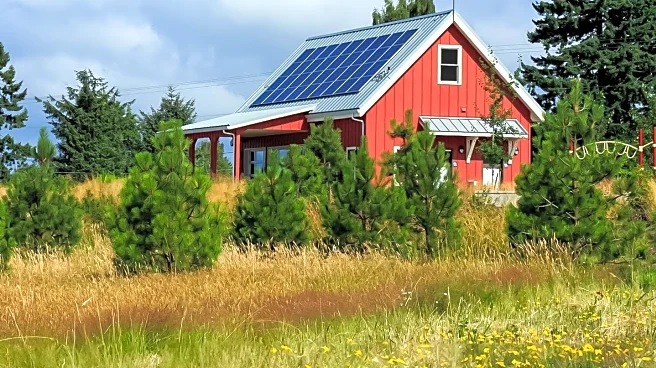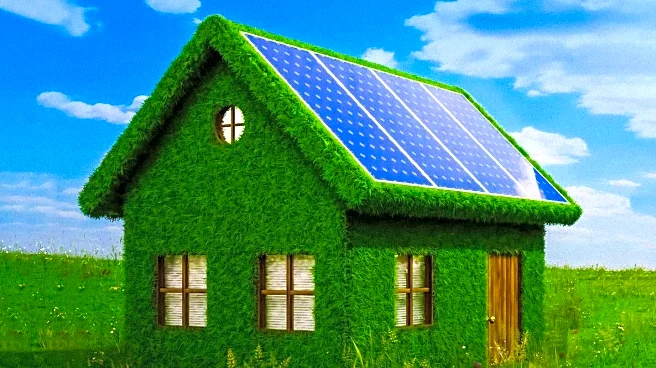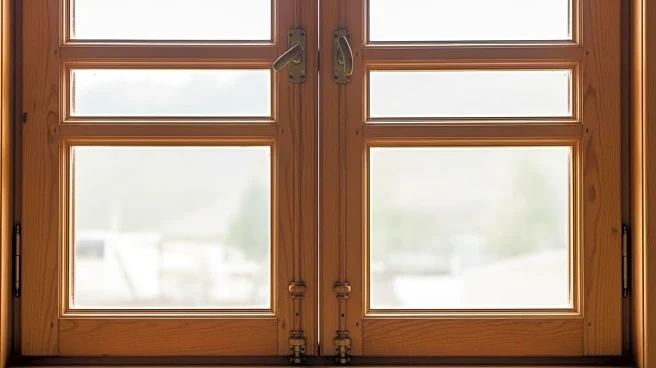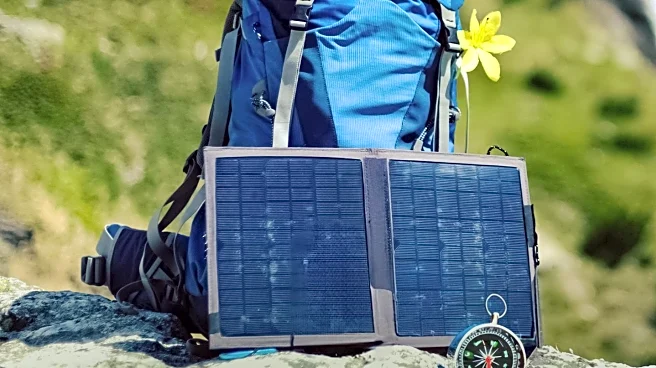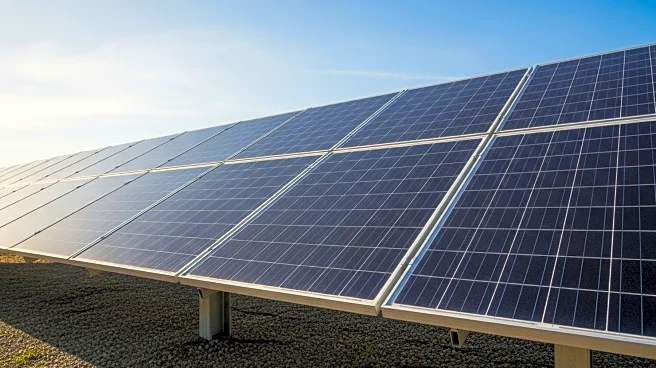What's Happening?
A senior woman, previously residing in Baltimore, has successfully built a self-sufficient homestead in rural Idaho. Without prior construction experience, she managed to construct two cabins and a workshop on her 16-acre property. Her motivation stemmed from dissatisfaction with existing market properties, prompting her to create a more suitable living environment. The cabins, each measuring 20 x 24 feet, and the workshop, 12 x 24 feet, feature an arched design to prevent snow accumulation. The construction process spanned 20 months, with each cabin costing $125,000. The homestead is equipped with ground-mounted solar arrays and home batteries, enhancing energy efficiency. Additionally, she cultivates a variety of food-bearing plants and raises chickens, further supporting her self-sufficient lifestyle.
Why It's Important?
This development highlights a growing trend towards sustainable living and self-sufficiency, particularly among older adults. By utilizing solar power and homegrown food sources, the woman reduces her reliance on external resources, promoting environmental sustainability. This approach not only offers financial benefits by lowering utility costs but also provides a model for others seeking independence from traditional housing markets. The project underscores the potential for individuals, regardless of age, to embrace innovative solutions for housing and energy needs, potentially influencing future housing trends and policies.
What's Next?
The success of this project may inspire others to pursue similar self-sufficient living arrangements, particularly in rural areas where land is more accessible. It could also encourage policymakers to support sustainable housing initiatives and provide resources for individuals interested in building eco-friendly homes. As more people explore alternative housing solutions, there may be increased demand for educational resources and community support networks to assist in such endeavors.
Beyond the Headlines
The woman's journey reflects broader cultural shifts towards valuing sustainability and personal empowerment. Her story challenges stereotypes about aging, demonstrating that seniors can undertake significant life changes and contribute to environmental conservation. This narrative may encourage a reevaluation of societal attitudes towards aging and inspire more inclusive discussions about sustainable living practices.
